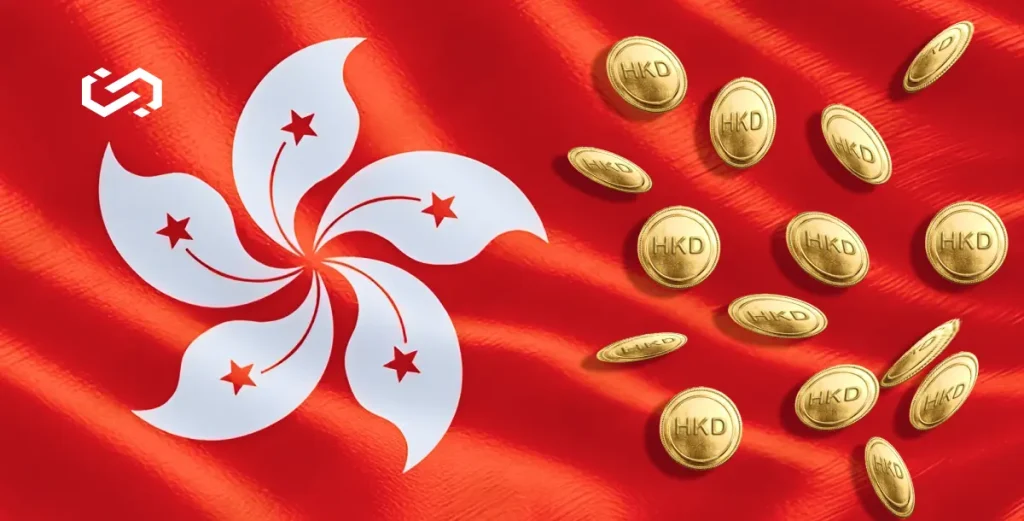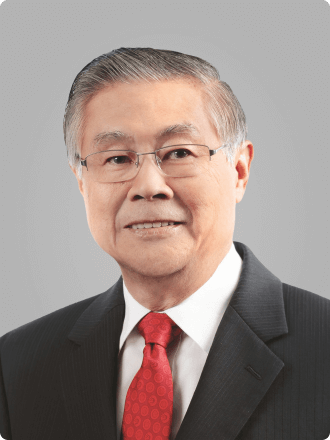In a global climate where most stablecoin policies remain aspirational, Hong Kong has acted decisively. With the Stablecoins Ordinance (Cap. 656) taking effect on August 1, 2025, the city is no longer theorizing about regulation—it’s enforcing it.
This marks a watershed moment not just for Hong Kong, but for the entire Web3 ecosystem across Asia. By legislating enforceable licensing for fiat-backed stablecoins, Hong Kong is positioning itself as the regulatory anchor for serious builders and institutions in a space long defined by volatility and legal ambiguity.
The goal isn’t just to govern stablecoins—it’s to reestablish trust in digital finance.
From Sandbox to Structure: A Shift in Global Regulatory Tone
The Stablecoins Ordinance, passed by LegCo HK in May 2025 and officially gazetted in June, formalizes what had previously been housed in a regulatory sandbox. Under this framework, any issuer of fiat-referenced stablecoins must be licensed. More importantly, they must meet requirements that align with traditional financial rules: full backing with fiat reserves or liquid assets, mandatory disclosures, audits, and AML/KYC controls.
The HKMA and SFC now jointly oversee this ecosystem. Their respective mandates—financial system risk and investor protection—intersect through a shared governance mechanism. This level of coordination is rare and increasingly necessary in an industry still haunted by unregulated collapse.
What Hong Kong is offering isn’t innovation in spite of regulation—it’s innovation with regulation.
Why This Isn’t Just Local Policy
While the ordinance directly applies to entities operating in or targeting Hong Kong, its influence already extends regionally. For years, Asian Web3 builders have navigated regulatory ambiguity. Hong Kong’s clear, enforceable framework now offers a scalable model.
Global players are also taking notice. HSBC, Standard Chartered, and fintech consortiums are piloting tokenization, cross-border payroll, and interbank settlement—all built on regulated stablecoin rails.
The Details That Matter
Hong Kong’s framework isn’t all ambition. It’s detailed and binding.
- Stablecoins must be fully backed by fiat or high-quality liquid assets like HKD, USD, and T-bills. No algorithmic or synthetic coins will qualify.
- Only local entities are eligible to issue, forcing global players to build operational capacity or form partnerships within Hong Kong.
- All public-facing activity related to the marketing or offering of stablecoins in Hong Kong—regardless of where the company is based—requires a license.
- A defined stablecoin list will determine which digital assets fall under the scope of the ordinance, avoiding grey zones.
On top of this, the HKMA is actively soliciting feedback via its stablecoin consultation process, open through June 30, on how best to implement issuer requirements and AML/CFT controls.
Institutional-Grade Infrastructure Is No Longer Optional
With the ordinance taking effect, regulatory compliance becomes not just a differentiator—but a cost of entry. Projects still operating with offshore-only setups, experimental pegs, or loosely governed reserves will need to reassess.
To operate under Hong Kong’s regime, issuers will need:
- Reserve management systems that support real-time visibility
- API-driven audit trails and third-party attestation
- On-chain KYC/AML modules aligned with the latest FATF guidance
- Governance tooling that reflects institutional standards
This won’t just affect new stablecoins. It will reshape how DeFi protocols, FX payment platforms, and tokenized asset systems are architected.
What’s Next
With August 1, 2025 set as the enforcement date, the window for non-compliant operations is closing. The market will likely see:
- A rush of partnerships between global stablecoin issuers and local HK firms
- A wave of tokenized asset pilots connected to stablecoin rails
- Increased pressure on neighboring jurisdictions (especially Singapore and Korea) to accelerate their frameworks.
The rules are now in place. The infrastructure is being built. And the first regulated stablecoin issuers under this new model are likely to go live by Q4 2025.
If you’re building in stablecoins, FX, tokenization, or DeFi in Asia—there’s no longer a question of if you need to adapt.
Only how fast.
Build a Compliant Stablecoin in Hong Kong — Start Here
Learn exactly what it takes to issue a regulatory-grade stablecoin under HKMA’s 2025 framework. Whether you’re an established institution or an agile fintech, this guide will help you fast-track compliance, infrastructure, and go-to-market execution.
Schedule a Demo – See how compliant infrastructure supports your stablecoin roadmap.




